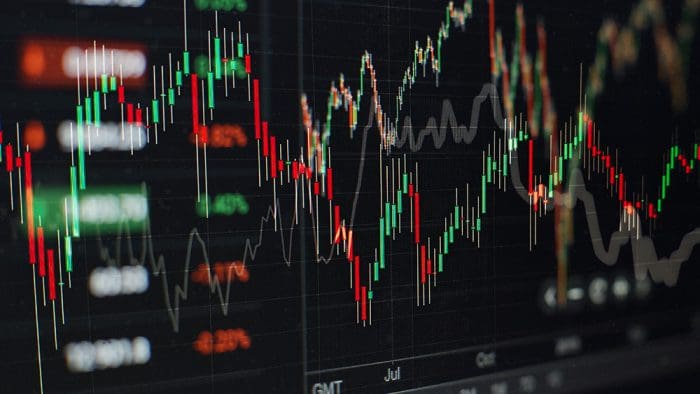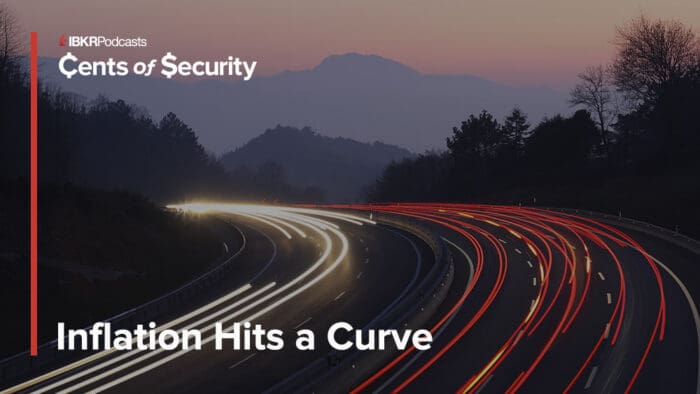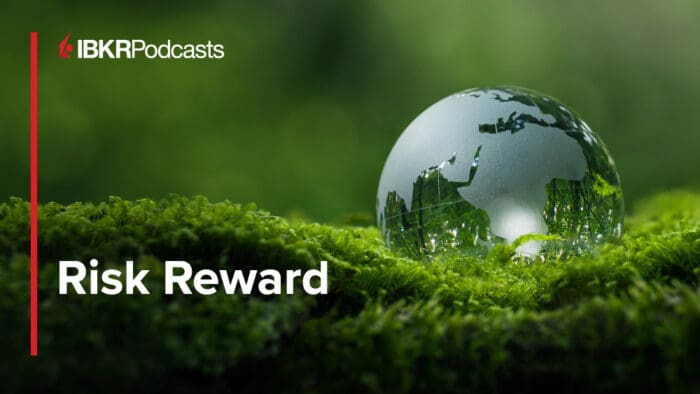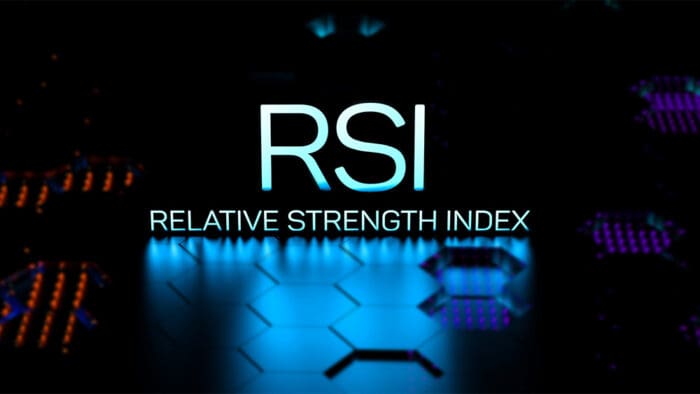When a single flood in Thailand shut down global electronics production in 2011, it was a wake-up call. The rising water, the country’s worst in half a century, halted factory production and caused widespread disruption to global supply chains. That led to severe shortages of components for electronics and cars, exposing the fragility of geographically concentrated supply networks. Here’s the lesson it left for investors.
One flood, more than a decade ago, still matters today.
All these years later, not much has changed. Many companies still underestimate just how vulnerable their supply chains are to climate risks. And as extreme weather becomes more common, the most fragile links in those global networks are showing their strain – something investors can’t afford to ignore.
Much of the climate conversation has focused on direct impacts to company operations. But supply chains carry their own climate risk – and that might be even bigger. Research from the European Central Bank suggests that when supply chain effects are included, economic losses from climate shocks in Europe could be up to 30 times greater than from direct effects alone.
Climate risks can ripple through supply chains.
Several factors make global supply chains vulnerable to climate-related disruptions:
- High-risk sourcing regions. Many firms rely on suppliers in climate-exposed regions – from flood-prone Bangladesh to drought-hit Sub-Saharan Africa and hurricane-exposed Central America.
- Fragile infrastructure. Key transport routes are increasingly affected by climate events. For example, China’s Shanghai and Ningbo ports already lose five days a year to extreme winds – a number that’s expected to rise in the years ahead.
- Geographic concentration. Critical components, such as semiconductors and rare earth materials, are often sourced from a handful of regions. A single disruption can cascade across industries.
Certain sectors are more exposed than others.
Industries with complex global supply chains are particularly at risk. These include:
- Materials (e.g. metals, chemicals)
- Consumer staples (e.g. food and beverage makers)
- Consumer discretionary (e.g. carmakers)
- Information technology (e.g. hardware and semiconductors)
- Industrials (e.g. machinery, electrical components, building products)
These sectors are particularly vulnerable because weather shocks can reduce supplier performance, increase costs, and even lead to broken supplier relationships.
Yet according to financial information firm S&P Global, fewer than 10% of the companies it surveyed identified supply chain management as a material climate issue. And only one-in-five said they have a climate adaptation plan – to identify, assess, and respond to the physical risks posed by climate change.
Where there’s resilience, there’s opportunity.
There’s a flip side to all this. Companies that actively manage these risks can gain a competitive edge. Research from Oxford Economics shows that portfolios with lower “indirect” climate exposure tend to deliver higher annualized returns.
These are some of the supply-chain themes that you can look for when weighing up a stock:
- Alternative sourcing. Seek out forward-looking firms that offer investors supply-chain diversification away from climate-vulnerable regions.
- Trade transformation. Look for companies that are investing to shorten, simplify, or localize their supply chains.
- Resource scarcity. Favor companies that are investing to secure access to the raw materials they need for new technology and the energy transition.
So, ask the big questions.
To gauge how well companies are handling climate risk, investors should go straight to the source and look for answers. Are the folks in charge aware of the risks buried in their supply chains? Have they identified which suppliers are most exposed, and what would happen if those links break? Are there backups in place, or ways to reroute around disruptions? And have they put any real money into building resilience – for example, inventory buffers or alternative materials? If the answers are vague or missing, that tells you a lot.
Climate change is reshaping the world economy – and supply chains are very much on the front line. As geopolitical tensions, energy needs, and tech independence all complicate global logistics, physical climate risks will only add pressure. But that also creates openings. Companies that diversify early, secure essential materials, and upgrade their networks aren’t just mitigating their risks – they’re setting themselves up to lead in the next era of business.
—
Originally Posted on July 16, 2025 – The Supply Chain Threats That Could Hit Your Portfolio Next
Disclosure: Interactive Brokers Third Party
Information posted on IBKR Campus that is provided by third-parties does NOT constitute a recommendation that you should contract for the services of that third party. Third-party participants who contribute to IBKR Campus are independent of Interactive Brokers and Interactive Brokers does not make any representations or warranties concerning the services offered, their past or future performance, or the accuracy of the information provided by the third party. Past performance is no guarantee of future results.
This material is from Finimize and is being posted with its permission. The views expressed in this material are solely those of the author and/or Finimize and Interactive Brokers is not endorsing or recommending any investment or trading discussed in the material. This material is not and should not be construed as an offer to buy or sell any security. It should not be construed as research or investment advice or a recommendation to buy, sell or hold any security or commodity. This material does not and is not intended to take into account the particular financial conditions, investment objectives or requirements of individual customers. Before acting on this material, you should consider whether it is suitable for your particular circumstances and, as necessary, seek professional advice.













![Hurricane Prediction Market Update [10/27/2025] Hurricane Prediction Market Update [10/27/2025]](https://www.interactivebrokers.com/campus/wp-content/uploads/sites/2/2025/10/Screenshot_27-10-2025_134013_upload.wikimedia.org_-300x264.jpeg)




Join The Conversation
For specific platform feedback and suggestions, please submit it directly to our team using these instructions.
If you have an account-specific question or concern, please reach out to Client Services.
We encourage you to look through our FAQs before posting. Your question may already be covered!